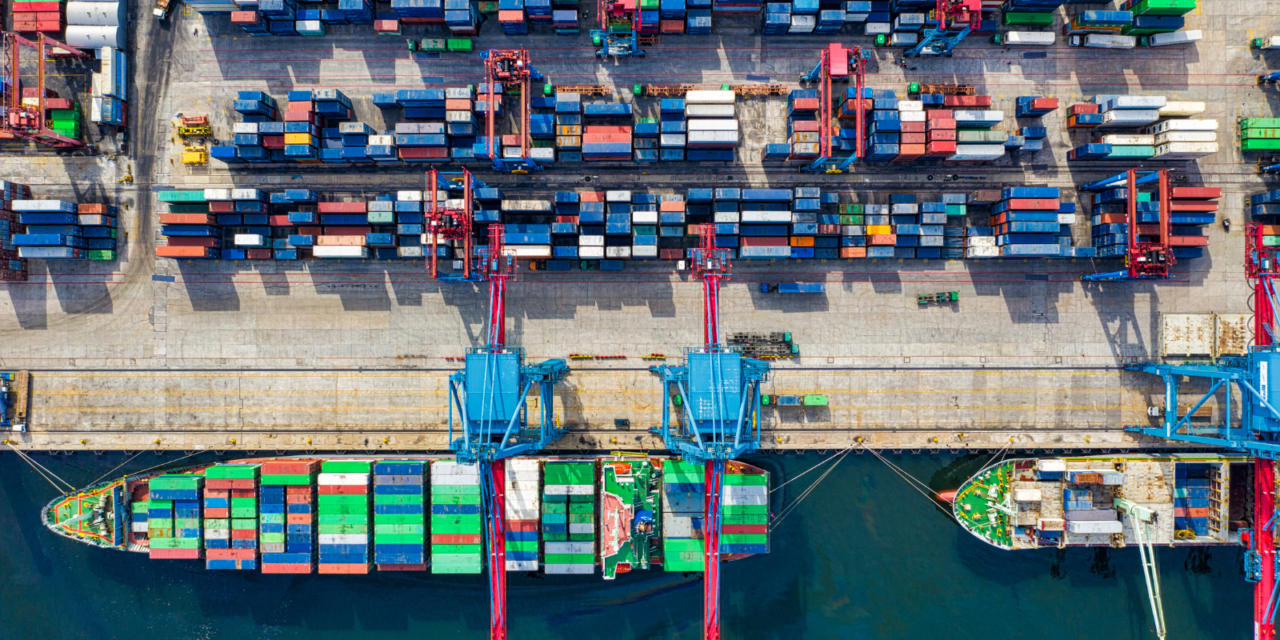Global supply chains have suffered immensely in the last two years due to the COVID-19 pandemic. There has been a shortage of materials, shipping prices have gone up, and ports have been backed up. A lot of companies missed their demand forecasts. This has in turn affected global commodity prices leading to a discussion about improving the supply chain resiliency in 2022. According to Business Talent Group, supply chain skills are among the most in-demand currently in the world.
Areas of Culpability
Some organizations have suffered disproportionately from the current supply chain interruptions. First, organizations that do not have a clear supply chain strategy were caught flat-footed. Companies that attempt to forecast happenings such as delivery delays or shortages were perhaps able to make contingency plans to source their supplies from alternative sources.
Another source of culpability is the reliance on one geographical area to be the source of all their mission-critical supplies. An interruption due to a natural calamity or politically-instigated challenges leave such a company incapable of continuing its operations.
The Shift in Focus
The challenges that have faced global supply chains have meant that an evolution that was meant to happen gradually will have to happen in months. Instead of looking for low-cost supply chains, executives now see the need for agile chains. A lot of money is going to go into this evolution and the global logistics network will reach $12.25 trillion in value in 2022. Here are a few areas where improvement will lead to greater supply chain resilience in 2022.
Supply Chain Visibility and Digitization
Companies must embrace tools that add visibility into their supply chains resiliency in 2022. One area is costs, where visibility would help to control costs better. It’s critical to embrace data-led decision making which can help negotiate better contracts or find better terms of payment from suppliers.
Most companies have also added real-time visibility for items being shipped. First, this can allow their customers to track order fulfillment progress. In addition, it allows them to identify bottlenecks in their supply chains which can be solved by changing carriers, adding carriers, or any other fitting solution. The benefits of greater visibility far outweigh the costs of implementation. It reveals vulnerability to reliance on one supplier, one geographical area, one port, or one mode of transport.
Supplier Relationships
It’s important for businesses to realize the value of strong supplier networks and relationships. Both parties should want each other to succeed and to this end, they must share information that’s useful to them both. If one party has successfully solved a given challenge inefficiency, they might share the solution with the other party. Transparency across supply chains leads to lower costs for all parties involved.
Giving longer contracts to important suppliers might enable them to secure financing to expand their capacity leading to greater economies of scale. The benefits can then be passed on to the buyer through lower unit prices.
Market Intelligence
Building intelligence is about keeping up with happenings in the supply chain and the industry. This requires some investment. For instance, a company that’s heavily reliant on international shipping routes must be aware of goings-on that might lead to delays in shipping, shifts in prices, or shortages of supplies.
Within the industry, they must monitor best practices that improve efficiencies so that their supply chain strategy remains relevant.
Leveraging Talent
Companies can build greater supply chain resiliency by investing more in their staff’s skills. By allowing employees to receive training in multiple areas, it becomes possible for them to pivot when new roles arise. Highly trained employees can also take up more responsibility for organizational long-term goals as well as daily routine tasks.
The global disruptions demonstrated how quickly companies can be expected to adapt. Employees had to figure out how to remain productive from home while companies had to come up with ways of ensuring products still reached their customers. Training increases adaptability and, hence, overall resilience.
Robus Product Category Strategies
Companies that procure products in multiple categories, such as retail stores, need to develop well-laid out and customized strategies for each product category. Shorter supply chains may seem desirable now because they face much less uncertainty. However, this may not be possible for all product categories. In some instances, it may be better to source all or a majority of products in a particular category from one supplier. However, this may leave the company exposed in case of disruptions. They must figure out the risk-benefit tradeoff of such a move.
Better Risk Mitigation is the Overall Goal
A risk mitigation strategy helps companies navigate challenges and protect their brand image. Supply chain disruptions often lead to stock-outs whose effects include delays in order fulfillment. It’s crucial to have in place a proper communication plan to loop in customers on such matters. This adjusts their expectations while reassuring them that your company is doing all it can to fulfill their orders quickly and accurately.
Risk mitigation is a continuous process of evaluation, identification, and action. The importance of market intelligence cannot be overstated. The speed of business has increased exponentially in the last decade and, therefore, companies need to rely on real-time data to make supply chain decisions. It’s important to invest in the right technology to add visibility to your procurement efforts.
If your company needs an e-procurement solution, check out ProcurePort’s procure-to-pay software. We are the world’s leading provider of e-procurement solutions.










